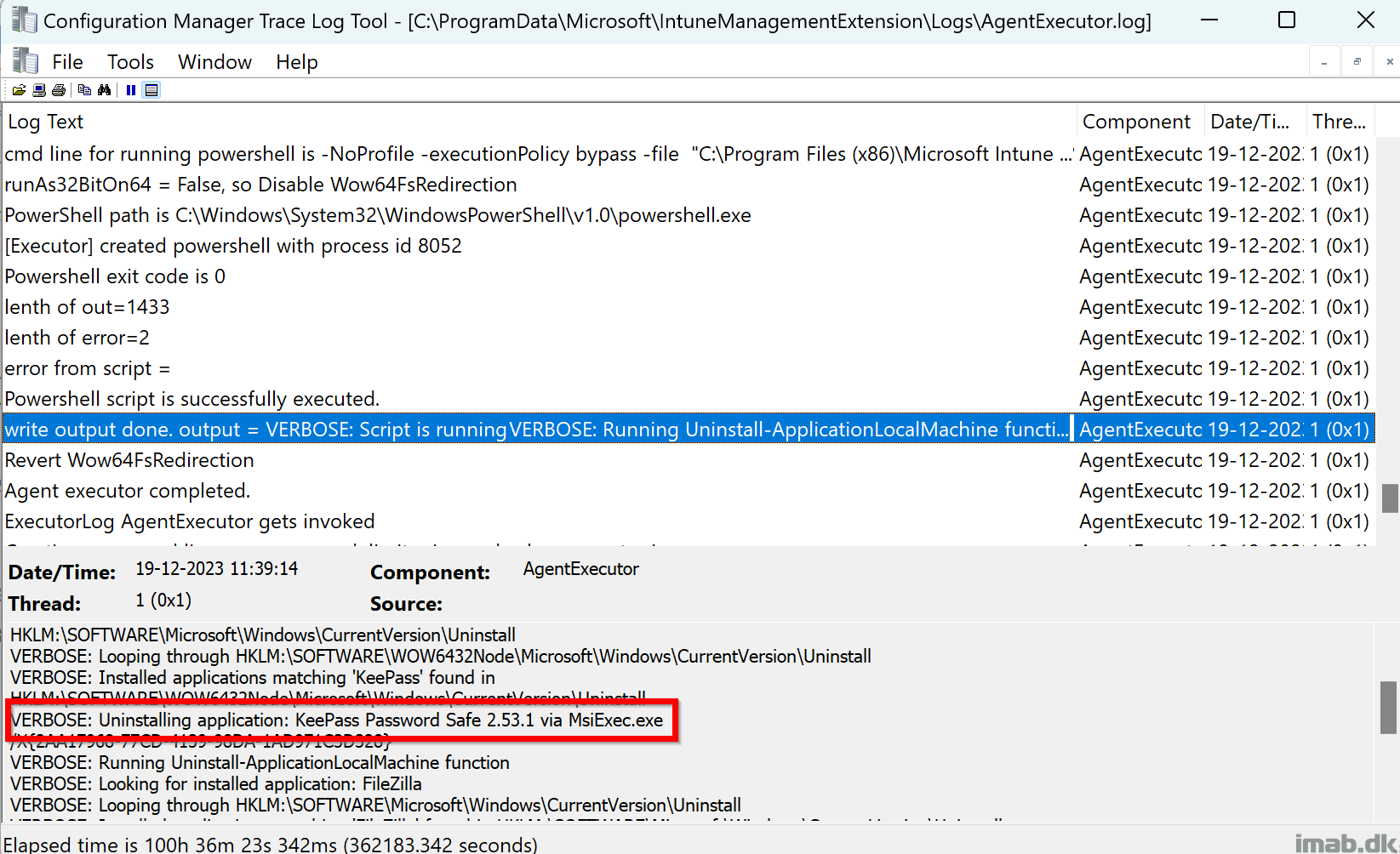Introduction
PowerShell version 2 is to this day still preinstalled on Windows 11 and all Windows Server versions with the exception of Windows Server 2022.
As the reader may know, PowerShell is a powerful tool that plays an important role in administering Windows systems. However, it also contains various features that can be leveraged by attackers with ill intentions.
If PowerShell version 2 is installed, it’s possible to bypass the constrained language mode, which normally is being enforced by application control solutions like AppLocker and similar.
PowerShell Constrained Language is a language mode of PowerShell designed to support day-to-day administrative tasks, yet restrict access to sensitive language elements that can be used to invoke arbitrary Windows APIs
If you haven’t removed PowerShell version 2 already, you should consider looking into it today as an early Christmas present. 🙂
Ps. this solution is only targeting workstations. If you need to remove PowerShell version 2 from servers, you cannot leverage Microsoft Intune. You should instead look into Configuration Manager or similar.

Read more…









